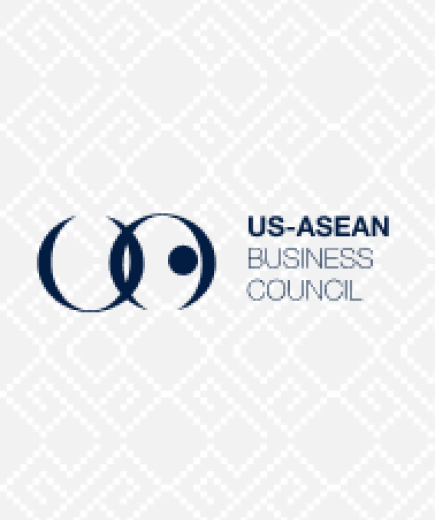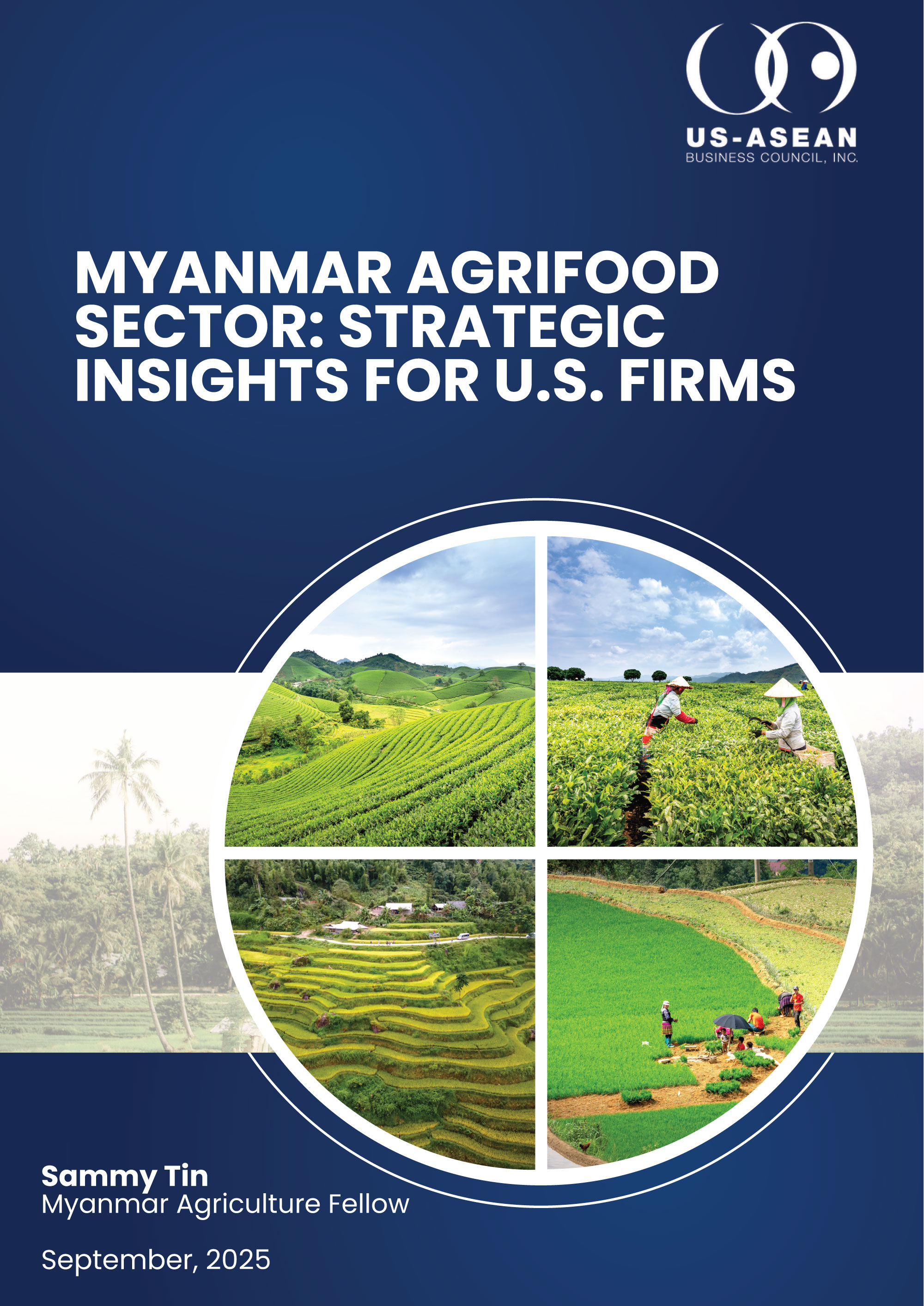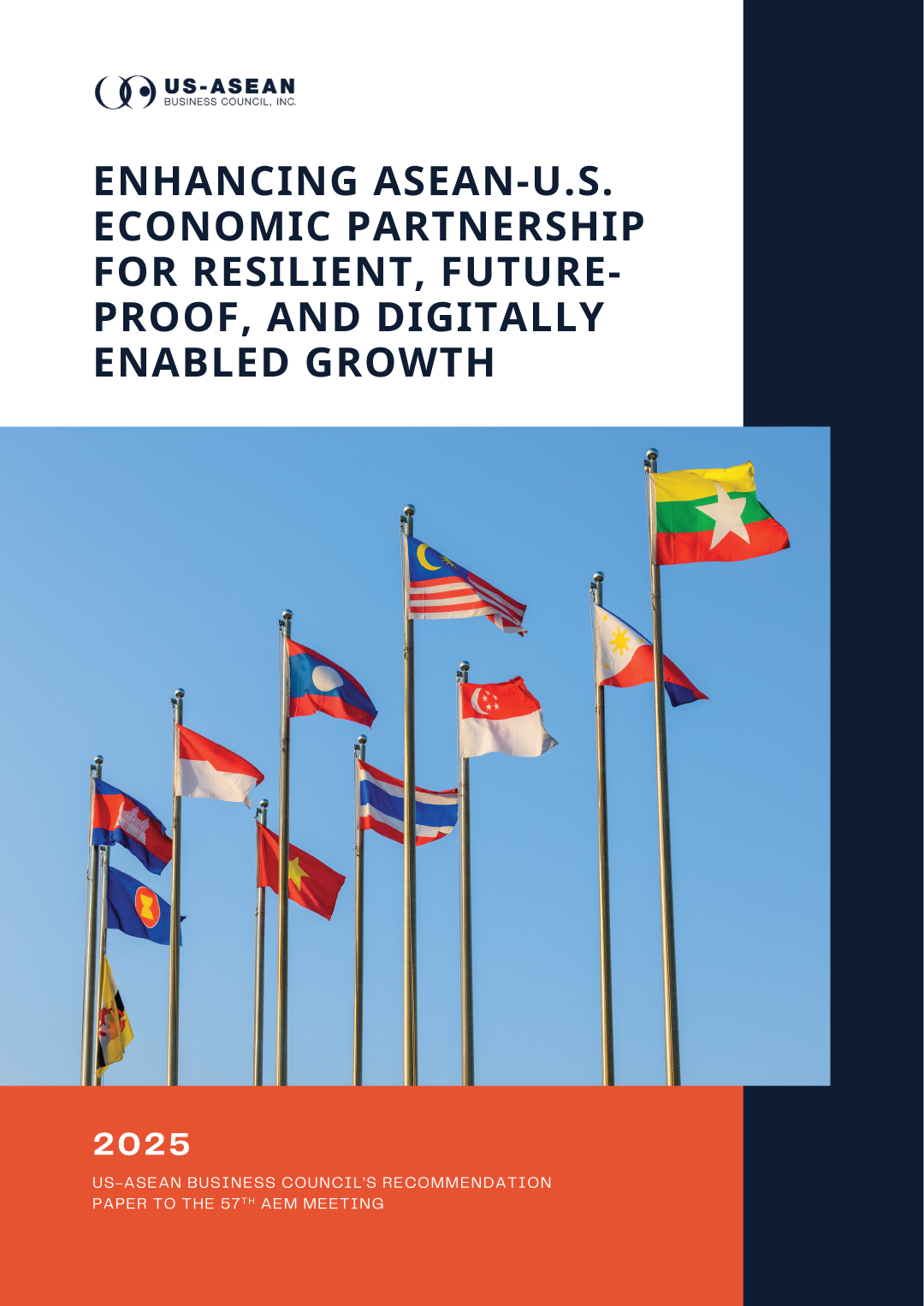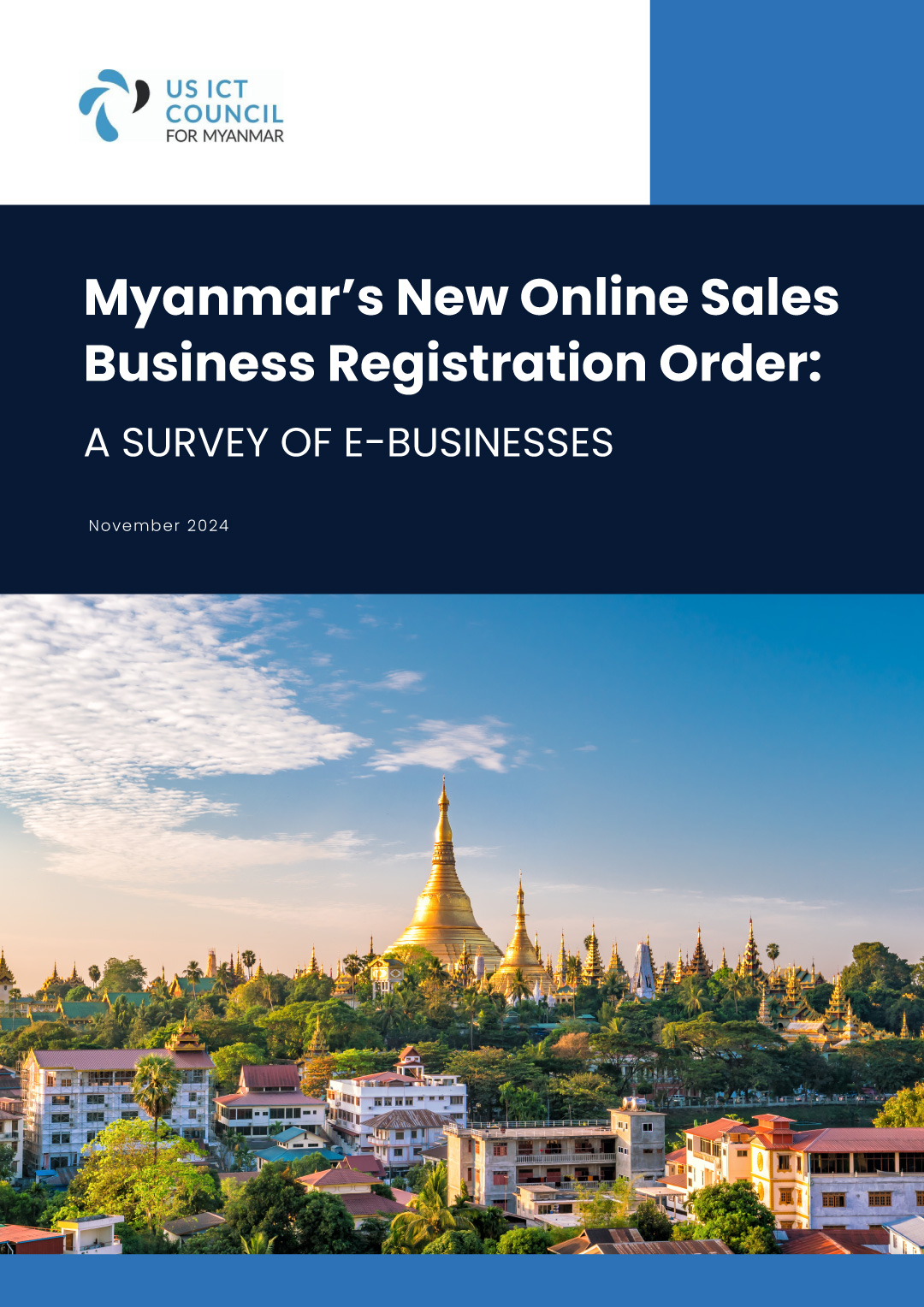Production Surges in Southeast Asian Nations
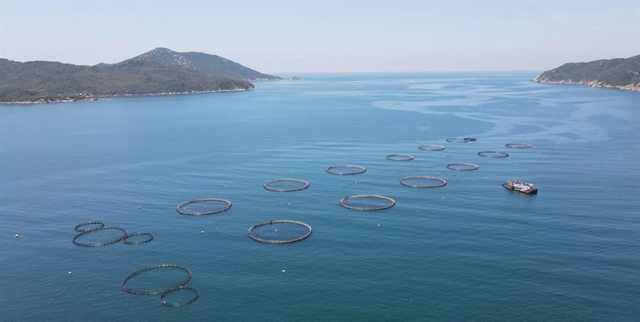
Increased food production is at the forefront of the region’s economic objectives, with various nations in Southeast Asia expanding their levels of cultivation and their technological capabilities. Aquaculture is a growing focus in coastal nations such as Vietnam and Singapore, with progress made into breeding high-value amberjack and larger tilapia respectively in recent months. Vietnam has seen growth from their significant investments in aquaculture and agricultural production. This is evidenced by government support for provinces such as Kiên Giang province, where a focus on aquaculture and the adoption of high-tech strategies has translated into annual growth of 3.7% between 2020 and 2024. The Ministry of Agriculture and Environment continues to invest in increasing agriculture production, supporting the expansion of sustainable cultivation in the Mekong delta by projects such as a one-million-hectare rice project.
Other nations around Southeast Asia continue to expand their production capabilities to meet rising demand. The Lao government has announced plans to increase their production targets of meat, fish, and eggs to 577,000 tons, following a year of regional imbalances despite a production surplus. The Myanmar government has also expanded its coffee plantations in FY2024/25 by 1,874 acres in the Taninthayi region, nurturing more than 170,000 coffee seedlings for distribution.
The region's scaling of high-value sectors like aquaculture and specialty crops - such as Vietnamese amberjack and Myanmar coffee - presents export and joint venture opportunities for U.S. firms with expertise in breeding technology, feed innovation, and post-harvest processing. Further, the regional demand for productivity-enhancing technologies, evident in the adoption of innovations and research across the region, opens markets for American agri-inputs and systems. This regional surge in capacity-building, therefore, reflects long-term investment viability with strong government and regulatory backing, where early entrants can help shape the value chain and build loyalty among both public and private stakeholders. For U.S. agribusiness, tech providers, and impact investors, the region can be seen as a strategic and rapidly growing frontier for sustainable, tech-enabled agricultural investment.



